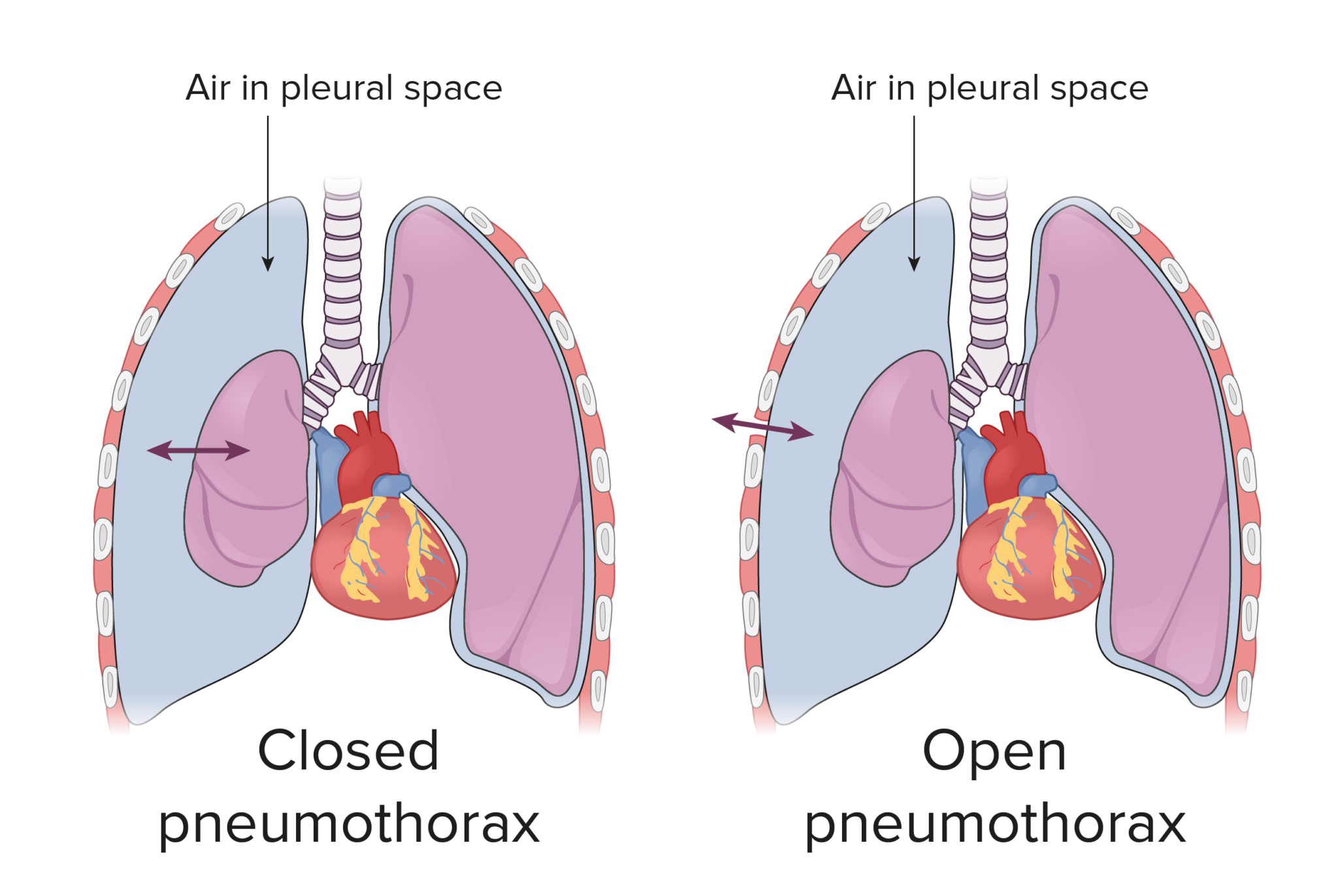


Normally, ventilation and perfusion of respiratory zones (lung units) are nicely matched (normal V/Q ~0.9). The dead space in an average adult has been reported to be ~150 cc or 2cc/kg ideal body weight. Anatomical dead space is thus defined as the volume of the conducting zone (Figure 1).

The remaining circuit: respiratory bronchioles to alveolar sacs (generation 23) participate in gas exchange and is called the respiratory zone. The entire airway circuitry all the way from mouth to the terminal bronchioles (~generation 14-16) is the conducting zone of the respiratory system.

V D /V T is a common way to quantify dead space. The fraction of the tidal volume that does not contribute to gas exchange is known as dead space fraction (V D /V T where V T = tidal volume and V D = dead space volume). A certain amount of dead space is normally present in every person (this is known as anatomical dead space: see below). This concept can be extended to include factors that cause a dead space effect. Simply put, dead space represents the volume of ventilated air that does not participate in gas exchange.


 0 kommentar(er)
0 kommentar(er)
